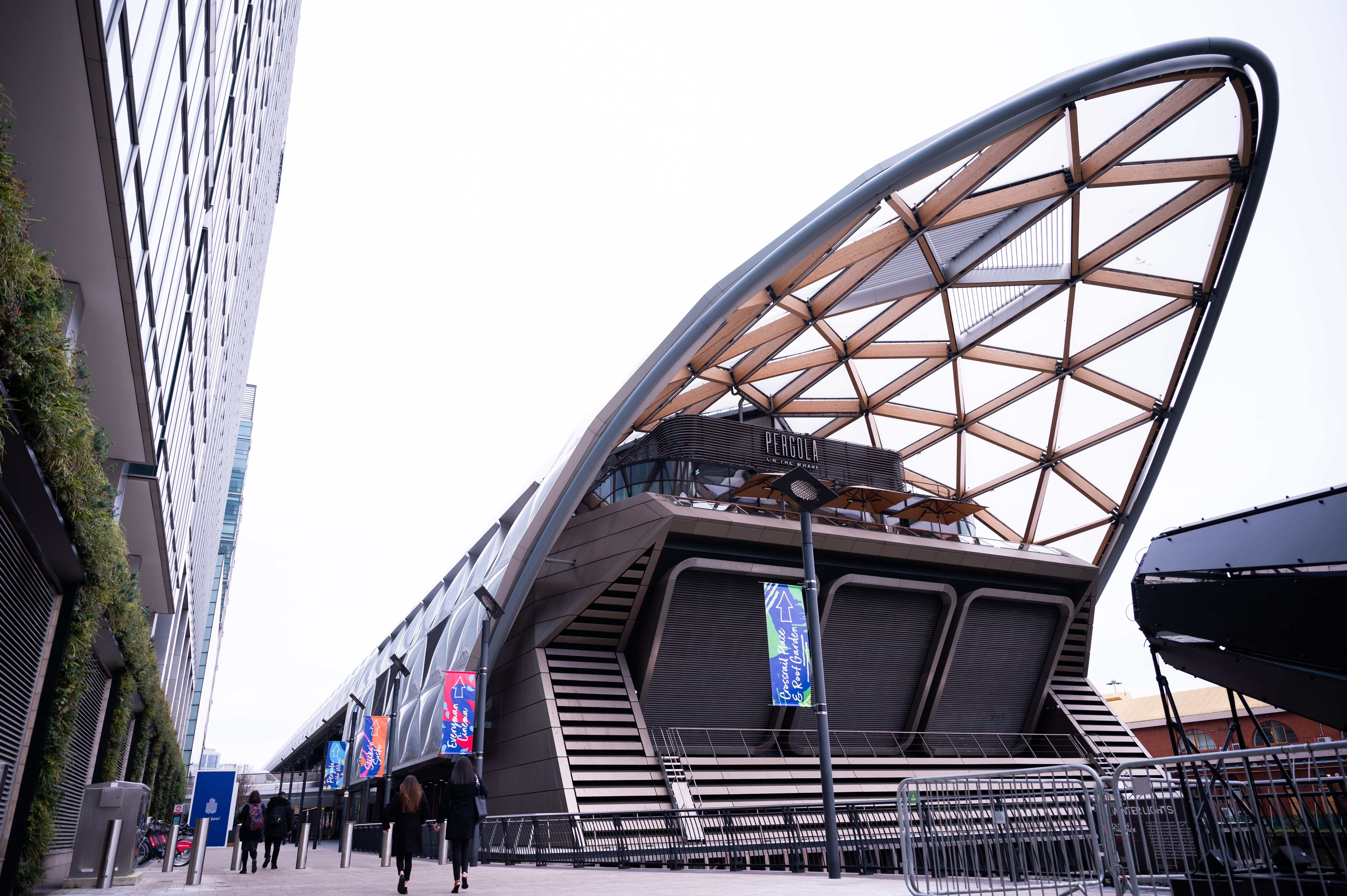Transforming London’s Landscape
When underway, Crossrail was the biggest infrastructure project in Europe, the construction of a 118km line from the East of London to the West. The purpose of Crossrail – now called the Elizabeth Line – is to reduce journey times for commuters into and across London, to reduce congestion on existing metro lines and to stimulate the regeneration of areas lying on the outskirts of the capital.
The Elizabeth Line brings an additional 1.5 million people within 45 minutes of central London and increases London’s rail capacity by 10%.
With 21km of the line running in twin-bore tunnels beneath central London, one of the biggest engineering challenges in constructing Crossrail was that it had to thread between existing infrastructure such as other metro lines, power lines, services and building foundations. Tunnelling also had to take place without disturbing any of the high-value property sitting on the surface above the tunnel boring machines and station excavations.
Crossrail included the construction of ten new stations, eight of them underground, with upgrades to 31 existing stations. The western and eastern sections of the Elizabeth Line were created from existing rail lines. In the West, an existing line from Reading and Heathrow connects to Paddington. And in the East, an existing line from Shenfield connects at Liverpool Street.
A fleet of 70 high-capacity, high-frequency trains run on the Elizabeth Line, able to switch between the three different signalling systems used along the line due to its compatibility with legacy systems on the lines to the East of Liverpool Street and West of Paddington.

working in collaboration
SYSTRA, alongside Jacobs, supported Bechtel, Crossrail Limited’s project delivery partner (PDP). The PDP was responsible for managing the development of the detailed design, procurement, construction, testing and commissioning and for managing the consultants and contractors through all phases of the project through to handover to the infrastructure managers for the central section from Paddington to Canary Wharf.
SYSTRA’s main role was to provide expertise in railway systems and operations, such as signalling, communications, traction power, track and overhead line equipment. It also provided resource and expertise in the following areas: tunnelling; noise and vibration control; BIM, planning; commercial management; project management; construction site management.
We also played a key role in the delivery of the project with SYSTRA Project managers undertaking key roles on the Systemwide Main Works Railway Systems and Tunnel Fit Out, Platform Screen Doors, Traction Power, High Voltage Power, Plumstead Depot and Maintenance Facility and Plumstead Sidings contracts.



results
SYSTRA people formed part of the integrated PDP team, contributing across all areas of the project. SYSTRA took lead roles in key areas including head of traction power and overhead line equipment (OLE), signalling and control system lead engineer, logistics engineer and the lead archaeologist for the project.
SYSTRA’s brought its extensive experience of working in metro and electrification projects around the world to the team. For instance, SYSTRA helped in the choice of signalling system for the central section of the Elizabeth Line and helped to manage the complex interfaces at either end to Network Rail’s legacy system and new European Train Control System (ETCS) Level 2 signalling.
The central section of the Elizabeth Line, between Paddington and Abbey Wood opened on 24 May 2022, improving journeys and journey times for hundreds of thousands of Londoners. Initially commuters travelling on the lines to the East and West had to change at Liverpool Street Station or Paddington Station, but from May 2023, the line became fully functional. 200 million annual passengers were initially projected to use the line.
Placing 1.5 million more people within comfortable commuting reach of Central London increases employment opportunities and life chances for people who live further from the capital. And employers have a wider and more diverse pool of talent to potentially draw on.
Crossrail’s regeneration and uplift effects are already evident. According to a Crossrail Property Impact & Regeneration Study, 180,000 new homes will have been developed by 2026 with 70% of planned schemes underway. All the locations along the Elizabeth Line route have already seen residential property values rise, with further rises expected. The most significant rises in housing values are expected in the East section.


 Australia
Australia  Brazil
Brazil  Canada
Canada  China
China  Denmark
Denmark  France
France  India
India  Indonesia
Indonesia  Ireland
Ireland  Italy
Italy  Malaysia
Malaysia  New Zealand
New Zealand  Norway
Norway  Poland
Poland  Saudi Arabia
Saudi Arabia  Singapore
Singapore  South Korea
South Korea  Sweden
Sweden  Taiwan
Taiwan  Thailand
Thailand  United States
United States  Vietnam
Vietnam